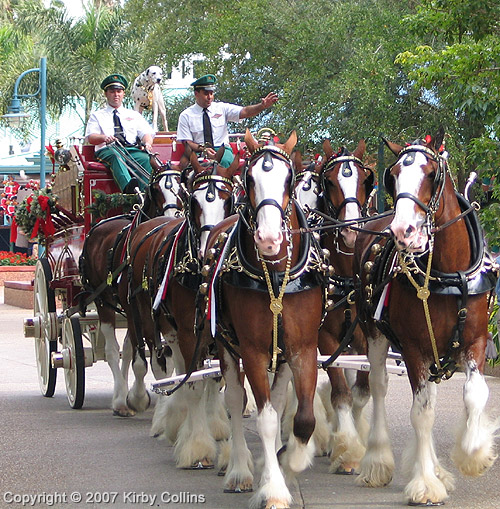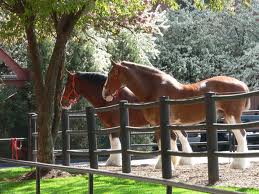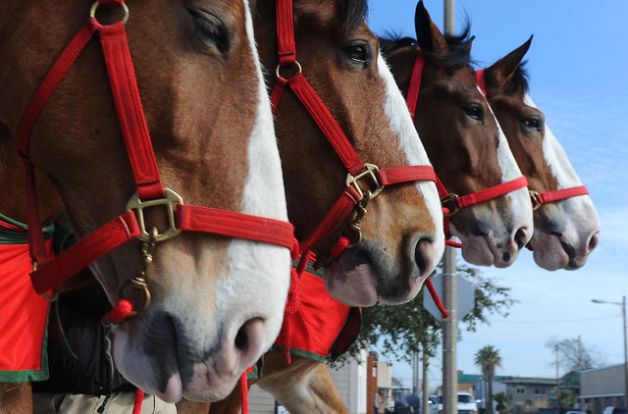Houma
Budweiser Clydesdales 2013 Mardi Gras Schedule!!
2Here come the most incredible draft horses in the world, the fabulous Budweiser Clydesdales hitch, six huge Clydesdales at a time, pulling an old time beer distributors truck on St. Charles Avenue and Canal Street.
The Clydesdale is a breed of draught horse derived from the farm horses of Clydesdale, Scotland, and named after that region. Although originally one of the smaller breeds of draught horses, it is now a tall breed. Often bay in colour, they show significant white markings due to the presence of sabino genetics. The breed was originally used for agriculture and haulage, and is still used for draught purposes today. The Budweiser Clydesdales are some of the most famous Clydesdales, and other famous members of the breed are used as drum horses by the British Household Cavalry. They have also been used to create and improve other draught breeds.
01/26: Krewe of Pontchartrain – Drive New Orleans, LA
01/27: Krewe of Alla – Drive New Orleans, LA
01/29: Mardi Gras-Single Horse – Drive New Orleans, LA
01/30: Mardi Gras-Single Horse – Drive New Orleans, LA
02/01: Krewe of Metairie – New Orleans, LA
02/02: Krewe of Olympia – New Orleans, LA
02/06-01/07: Mardi Gras-Single Horse – New Orleans, LA
02/08: Krewe of d’Etat – New Orleans, LA
02/09: Krewe of Endymion – New Orleans, LA
02/10: Krewe of Bacchus – New Orleans, LA
02/12: Krewe of Argus – New Orleans, LA
The breed was developed from Flemish stallions imported to Scotland and crossed with local mares. The first recorded use of the name “Clydesdale” for the breed was in 1826, and by 1830 a system of hiring stallions had begun that resulted in the spread of Clydesdale horses throughout Scotland and into northern England. The first breed registry was formed in 1877. In the late 19th and early 20th centuries, thousands of Clydesdales were exported from Scotland and sent throughout the world, including to Australia and New Zealand, where they became known as “the breed that built Australia”. However, during World War I population numbers began to decline due to increasing mechanization and war conscription. This decline continued, and by the 1970s, the Rare Breeds Survival Trust considered the breed vulnerable to extinction. Population numbers have increased slightly in the intervening time, but they are still thought to be vulnerable.


